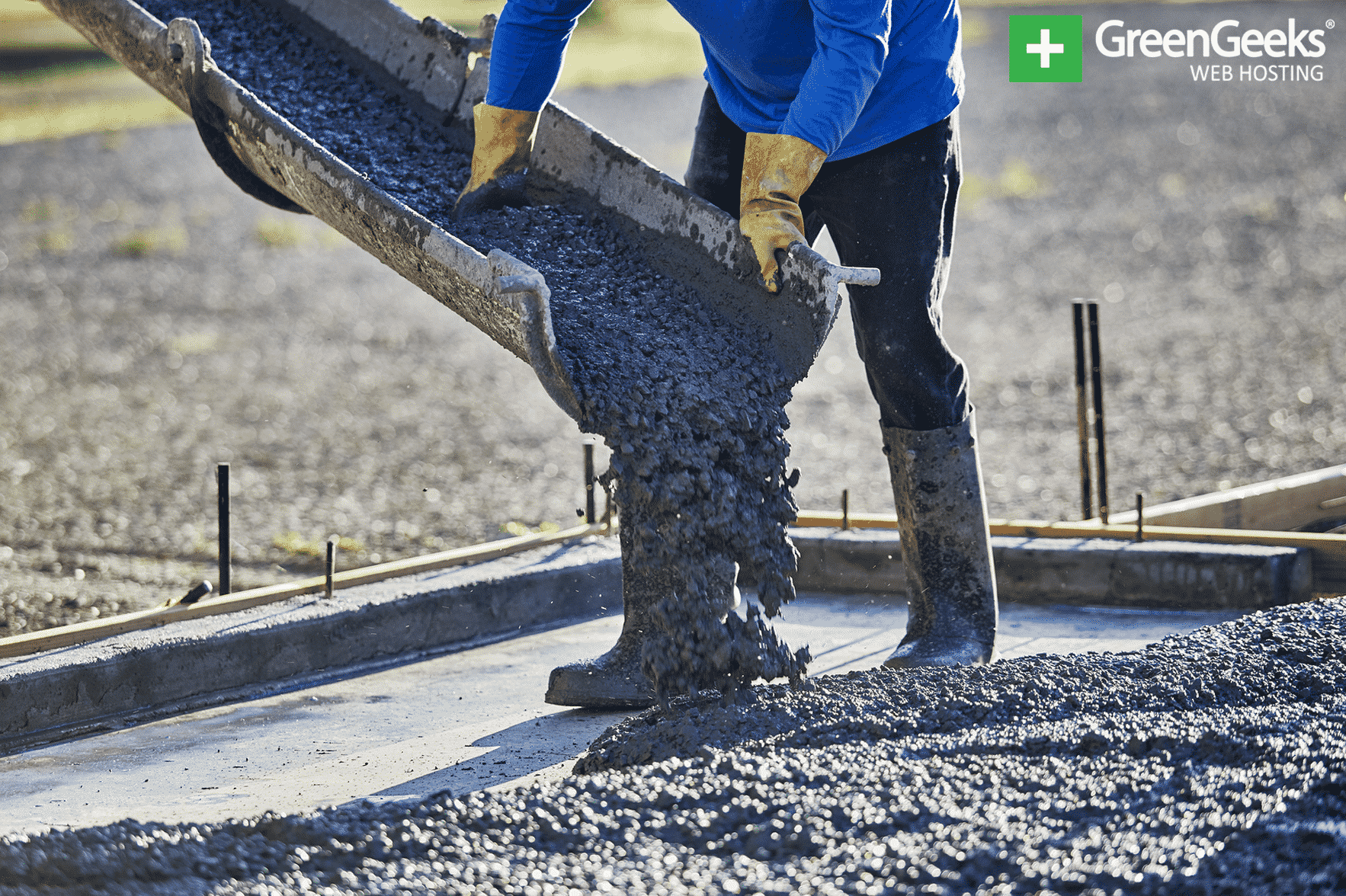
When most people think of CO2 emissions, they think of fossil fuels like coal, but one of the biggest offenders for carbon emissions is actually cement. Cement is the key ingredient of concrete, which is used everywhere around the world, but it has a very deep carbon footprint.
Just how popular is cement? Water is the most consumed item in the world followed by cement. According to the Chatham House Report, cement is responsible for about 8% of the world’s carbon emissions. The cement industry as a whole puts out more carbon emissions than most countries, only surpassed by the United States and China.
Why is Cement So Widely Used

Cement is the key ingredient of concrete, which is the building block of the modern world. Concrete is used to build almost every structure imagined like bridges, skyscrapers, dams, and much more. Concrete was especially useful in the restoration of war-torn nations after WWII.
Of course, concrete is not a modern invention, it dates back thousands of years. The most well-known user of concrete and cement is the Roman empire, which built multiple large-scale projects that were only possible thanks to concrete and are still celebrated today.
As you can imagine a lot of concrete is used to build large structures. Being widely accessible and embraced around the world, the concrete businesses spread just as fast. Naturally, as the demand for concrete increased, more cement was used to make it.
As more nations begin modernizing around the world, the concrete business will continue to grow. This means there is no end in sight for the expansive use of concrete.
Why Does Cement Emit So Much Carbon

While the creation of concrete is easy to understand, the CO2 emissions are not. The biggest issue is the creation clinker. Clinker cement is created when the raw materials, limestone and clay, are heated up at around 1400C. Other substances are introduced, but the end result is the creation of cement that is ready to be shipped out to concrete companies.
The process is known as calcination and the materials are split into calcium oxide and carbon dioxide. The calcination process is responsible for 90% of the emissions in the creation of cement. As long as this process remains the same, massive amounts of carbon dioxide will continue to be released into the air.
Are Green Alternatives Possible for Cement
Absolutely, and they have already been created. A company by the name of bioMason has developed an environmentally friendly approach for creating concrete blocks.
Trillions of micro-organisms are injected into molds filled with sand. Simply keep the mold at room temperature and in four days you will have a piece of biocement.
Since so much carbon dioxide is released when cement is created, using the technologies available today will only go so far. Finding a new alternative to the cement process is imperative to cut emissions significantly.
The Difficulties of Change
Concrete is the building block of the modern world and most architects and engineers are quite reluctant to try other substances. When building any structure from a skyscraper to a bridge, there are dangers. Concrete has been tested and has stood the test of time.
It is reliable and safe to build with concrete while switching to a new building block is dangerous. Construction companies will always be reluctant to change without incentives from governments.
Change is on the Way
With no slowdown in sight, the world is looking to make the creation of concrete more environmentally friendly. The Global Cement and Concrete Association (GCCA) was founded to deal with this very situation. It represents 35% of cement production around the globe.
This topic was thoroughly discussed at the recent Climate Conference in Poland, where world leaders, delegates, and cement industry leaders were present. This conference was intended to decide on the best ways to meet the Paris Agreement’s goal of cutting emissions.
To meet these goals, the cement industry must cut its emissions by 16% by 2030. The good news is that the GCCA is fully committed to reducing the carbon emissions that come from the industry and has released 6 new guidelines to help steer the industry in the right direction.
One Piece of the Problem
While cement is a major carbon emitter, other greenhouse gas emitters are responsible for climate change. Simply reforming the cement industry only solves one part of the problem. The world’s reliance on fossil fuels does not appear to be slowing down even as green technologies become more affordable.
However, many countries are beginning to accept that climate change is a problem. The Paris Agreement was created to limit the amount of global warming that will happen. The European Union is planning to go climate neutral by 2050. There is a lot being done, but if we don’t speed up the process, it may be too late.

